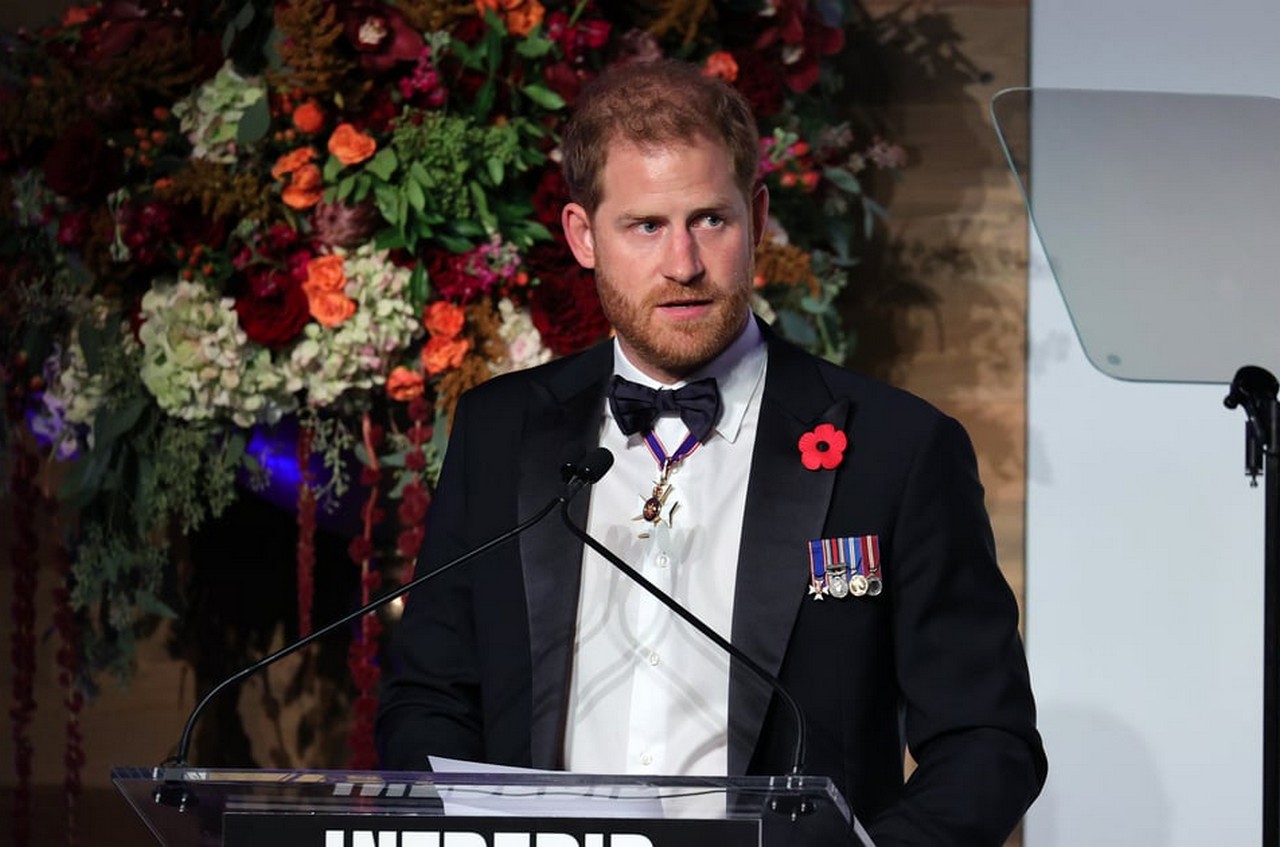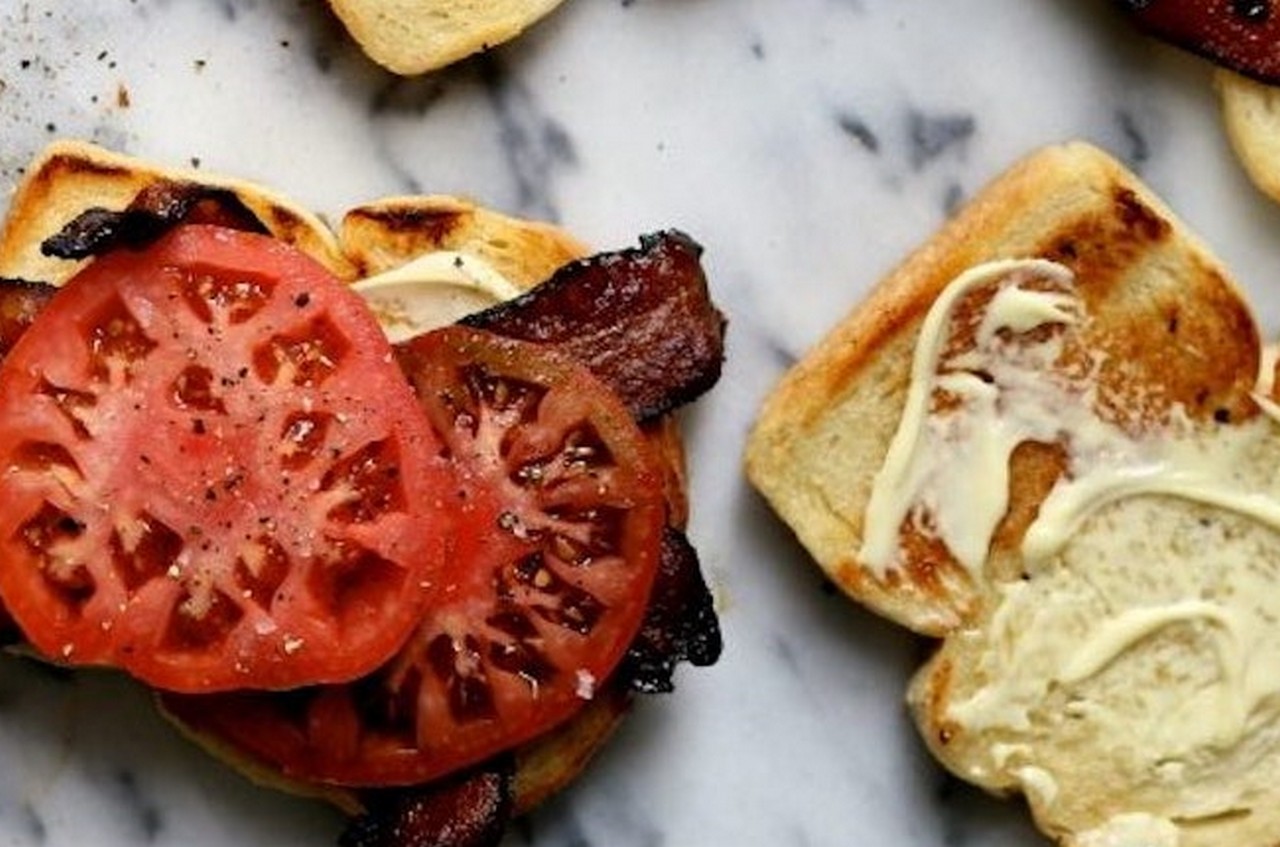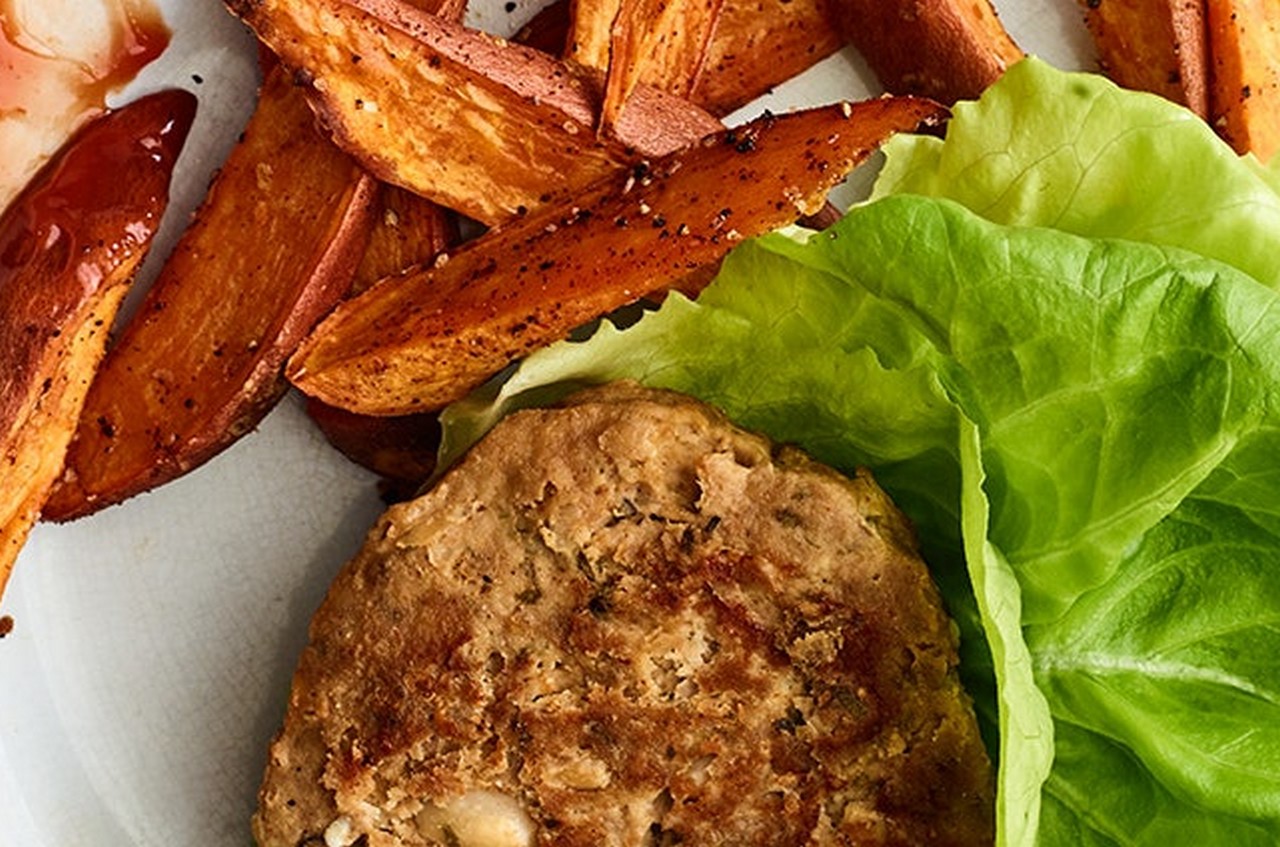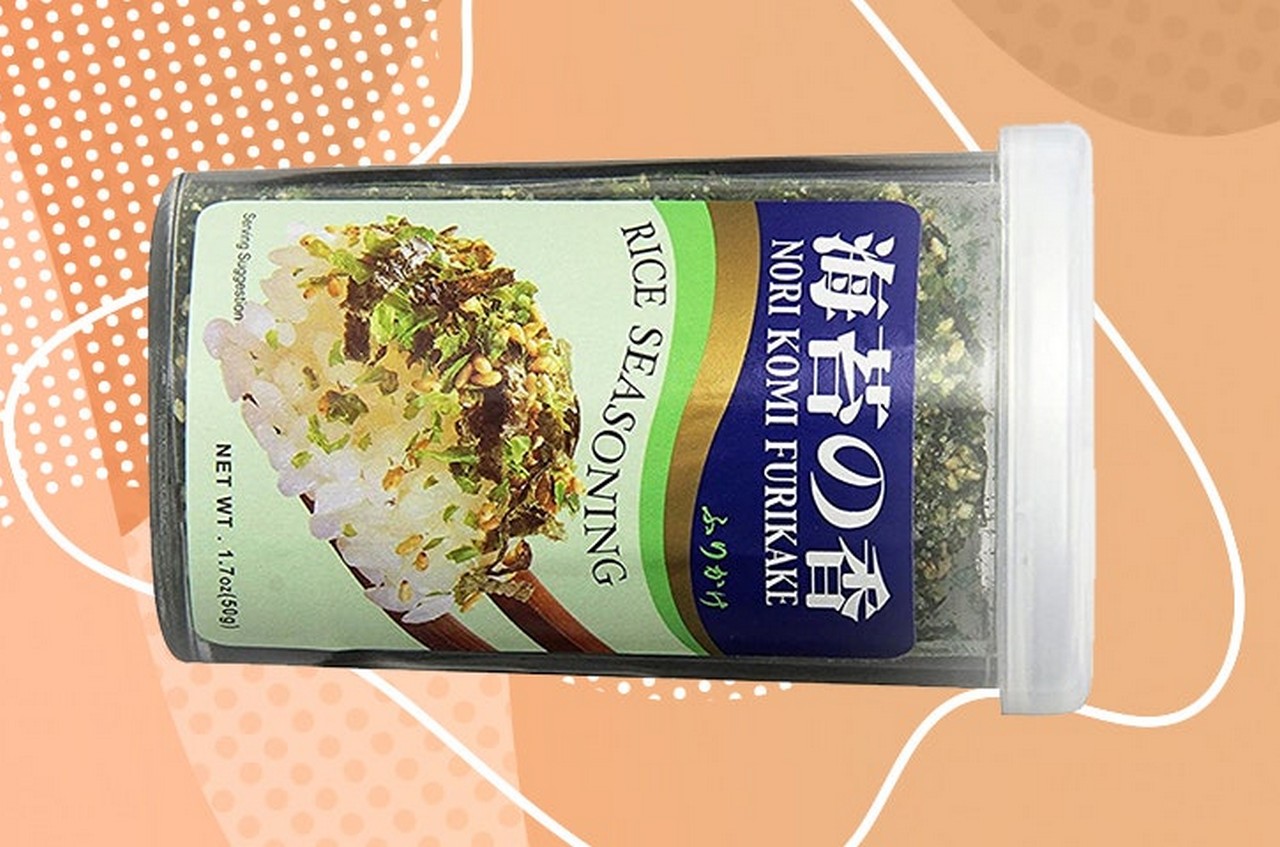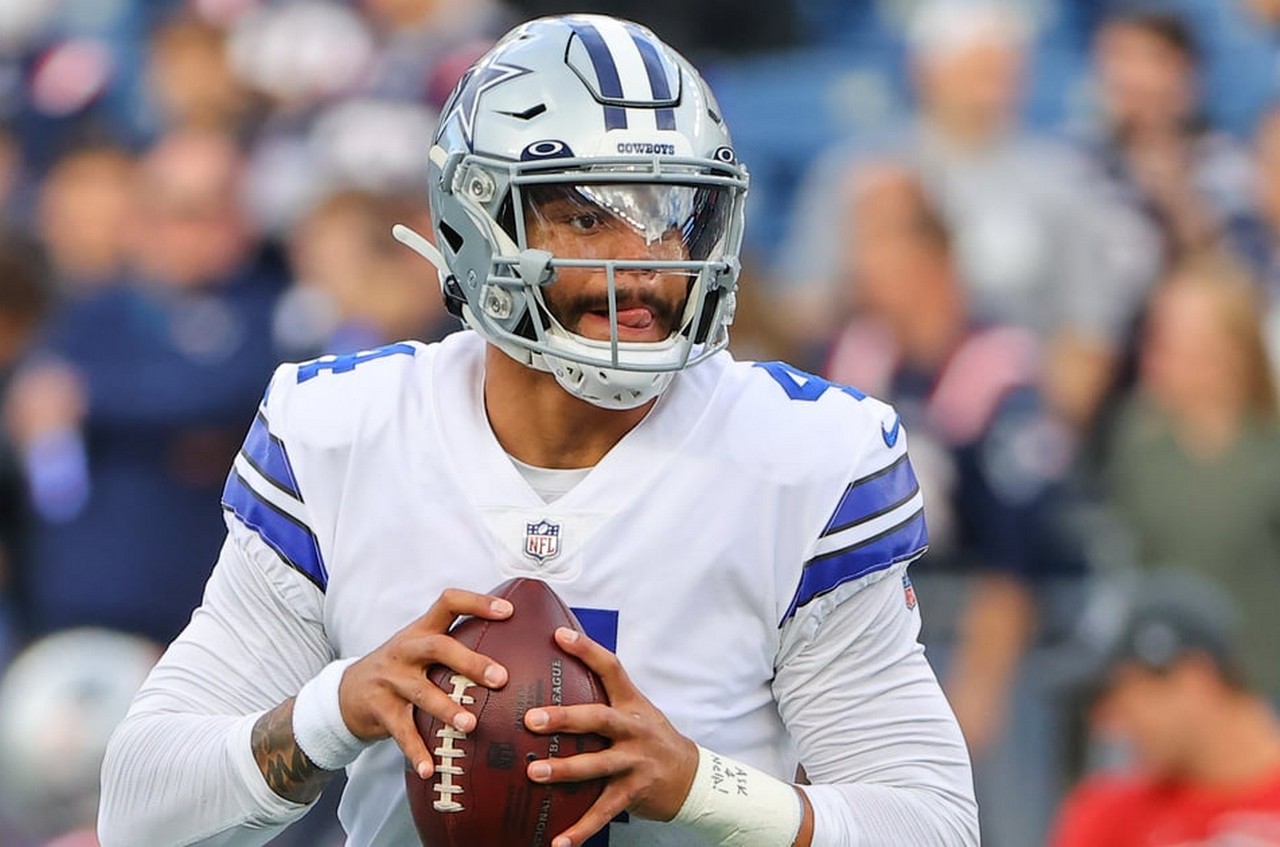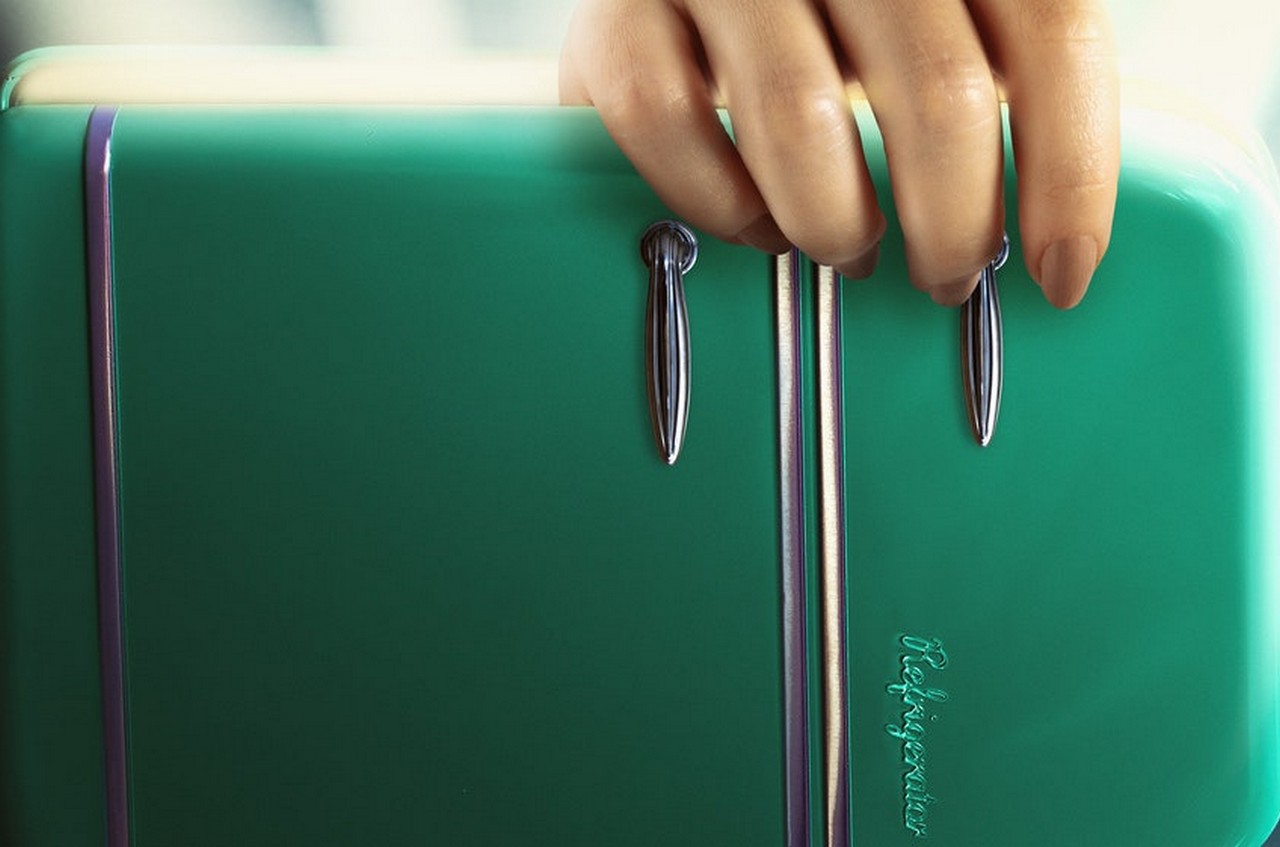
Intuitive eating (I.E.) has gotten a lot of media (and social media!) attention over the past few years, and last month registered dietitians Evelyn Tribole and Elyse Resch released a new, 25th-anniversary edition of their foundational book Intuitive Eating. At a time when many people’s relationships with food are even more fraught than usual, due to the pandemic and its far-reaching social and economic effects, interest in I.E. as a method for healing from disordered eating seems poised to continue.
And with increased attention often comes increased misconceptions. As a registered dietitian who uses I.E. with many of my clients, I’d like to help dispel some common myths about what it is and how it works.
The first thing to be clear about is that eating intuitively and Intuitive Eating (capital I, capital E) aren’t one and the same. Eating intuitively, an aspect of I.E., describes a way of eating that is the way we innately eat as newborns—reaching for food when we feel hunger or need comfort and more or less stopping eating when we feel full or satisfied. But when we talk about I.E. we’re talking about the term Tribole and Resch use to describe their philosophy around and method for getting closer to that innate relationship with food when we’ve gotten pulled away by external pressures and influences.
I.E. is a set of principles—a paradigm, really—for eating, as well as for relating to food and your body. Tribole and Resch developed it as a way to help people stuck in the cycle of dieting and disordered eating get back in touch with their innate instincts about food, where your choices about what and when to eat are based on your own hunger and satisfaction, not external rules about what and when to eat or not eat.
By the time we’re adults, many of us haven’t been able to hold on to that innate way of relating to food. Too many outside forces interfere with our instincts about food, from food insecurity to adults telling us to clean our plates, to messaging around which foods are “healthy” or “junk” (and therefore “good” or “bad”), to advertising, media, and pop culture peddling impossible ideals of thinness, to bullying from peers and admonitions from adults about our weight.
After getting so many external messages—not to mention going through weight loss and dieting attempts that can last years—we need help reconnecting with our intuitive wisdom about food. That’s where I.E. comes in, and why thousands of health care professionals (myself included) now use those principles in our work.
You can read more about the 10 principles of intuitive eating here. I encourage everyone to read them because until you understand each one independently and in context of the rest, they can seem abstract (not to mention, pretty tall orders). That said, they are, briefly:
- Reject the diet mentality
- Honor your hunger
- Make peace with food
- Challenge the food police
- Discover the satisfaction factor
- Feel your fullness
- Cope with your emotions with kindness
- Respect your body
- Feel the difference with movement
- Honor your health with gentle nutrition
With the principles out of the way, let’s dispel some myths about what intuitive eating is and isn’t.
1. MYTH: Intuitive eating means only eating cake and cheeseburgers for the rest of your life.
When you’ve been deprived of certain foods (even if they’re just mentally off-limits), it’s only natural to go to town on those foods in the early days of intuitive eating. I call this the honeymoon phase, when you just can’t get enough of the cookies-chips-bread-burgers-whatever you formerly forbade yourself. But the reverse can also be true, and it’s something I’ve seen with many of my clients. Generally speaking, once a food loses its taboo quality and you truly don’t feel deprived of it anymore, it isn’t any more alluring than other foods. When you’re eating a particular food regularly, habituation sets in and makes that irresistible food lose its special appeal.
Once that happens, many people feel freer to eat a wide variety of foods, including some that had previously been off-limits and others that were very much encouraged by the diets they’d followed. Lots of people still continue to crave fun foods like cake and cheeseburgers, but also begin to genuinely enjoy and want lots of other foods—eventually including things like fruits and vegetables.
This all might seem like a pipe dream if you currently feel stuck in a never ending loop of craving and guilt with foods you deem “bad,” but the reality is that for many people, deprivation is itself what creates that out-of-control feeling with food. Not only does depriving yourself of particular foods make them more alluring, but overall calorie restriction may also make our brains more attuned to food-related stimuli—particularly to the foods we view as the most appetizing. But when we stop the physical and mental deprivation, eventually we can stop feeling as irresistibly drawn to those foods.
It takes time, practice, and support to get through the honeymoon phase, and the more you try to force it to end, the longer it tends to last. But ultimately it is possible to get to a place where you can engage with the final principle of intuitive eating—gentle nutrition—and choose foods that both taste good and help you feel good.
2. MYTH: Intuitive eating can be defined as only eating when you’re hungry and stopping the moment you’re full.
I get why this is a common misconception: Two of I.E.’s principles are about honoring your hunger and learning to feel your fullness cues. But remember, these are just two of the 10 principles, and they need to be practiced in the context of all the other ones—including rejecting the diet mentality that would turn the hunger and fullness principles into hard-and-fast rules. After all, obsessing over eating at “perfect” levels of hunger and fullness is actually turning intuitive eating into a diet, which is the very behavior and mindset I.E. seeks to help people break away from.
We often need to eat before we’re hungry as a matter of self-care, like if we’re going into a long meeting where we know we won’t have access to food. And a peaceful relationship with food also includes sometimes eating in the absence of hunger for social reasons or pure pleasure, like having some cake to celebrate a friend’s birthday.
Most Popular
- 5 Less Obvious Signs of Seasonal Depression You Should Definitely Pay Attention To
By Maggie O’Neill
- 42 Creative Valentine’s Day Gifts for Guys
By Sarah Madaus
- Just Some Fun Sex Toys You and Your Partner Will Love
By Gabrielle Kassel
The fullness principle is especially tricky, because when people are first recovering from food deprivation, their fullness cues are often suppressed, and eating to the point of discomfort is common. The good news is that people’s fullness cues can return to normal after they’ve healed from deprivation (which may involve working with treatment professionals who specialize in disordered eating), though this can be a long process.
The main takeaway here, though, is that I.E. is about learning to approach eating and food by listening to what our bodies and minds are asking of us, not to give us additional hard and fast diet rules.
3. MYTH: Intuitive eating is a weight loss diet.
Intuitive eating is not a weight-loss plan, and anyone who promises it’ll lead to weight loss is either deeply mistaken or they’re trying to sell you another diet. Sure, some people may lose weight unintentionally when they start practicing intuitive eating, but others will gain weight they lost through restriction and deprivation on a traditional weight-loss diet or “lifestyle change,” and still others will stay more or less the same weight. In my experience, most people have been restricting their eating in some way before embarking on intuitive eating, and so initially most people do gain some weight (no matter what size they started out at). This is often part of the process of finding peace with food and your body.
4. MYTH Intuitive eating isn’t possible for/is dangerous to people with eating disorders.
“Intuitive eating is absolutely essential for eating-disorder recovery,” Jennifer Gaudiani, M.D., author of Sick Enough: A Guide to the Medical Complications of Eating Disorders, tells SELF. “I deeply believe in the precepts of intuitive eating, and to the extent that I am not a dietitian but rather an internal-medicine physician, I refer to them constantly with my patients of all body shapes and sizes who have a history of every possible eating disorder.”
The myth that intuitive eating can’t be used in eating-disorder recovery is based on the misconception that intuitive eating is only (or even mostly) about hunger and fullness. Yes, eating disorders can make hunger and fullness cues unreliable, because disordered eating can cause digestive disturbances like delayed stomach emptying, constipation, nausea, and bloating that can make people feel full too quickly and not feel hungry until they’re utterly depleted (if at all).
During an active eating disorder, trying to eat based on hunger and fullness cues alone can result in restrictive eating that impedes recovery and worsens health outcomes. No provider who truly understands eating disorders would recommend that.
But remember, honoring hunger and fullness are only two of the 10 principles of intuitive eating. Many of the other principles are crucial to healing from eating disorders; I use them to great effect in my practice with people in E.D. recovery, as do many other R.D.s and providers. “People can use elements of intuitive eating at every single stage of eating-disorder recovery,” Gaudiani says.
Most Popular
- 5 Less Obvious Signs of Seasonal Depression You Should Definitely Pay Attention To
By Maggie O’Neill
- 42 Creative Valentine’s Day Gifts for Guys
By Sarah Madaus
- Just Some Fun Sex Toys You and Your Partner Will Love
By Gabrielle Kassel
In particular, rejecting the diet mentality, making peace with food, challenging the food police, reclaiming pleasure and satisfaction in food, and respecting your body are important for helping people heal from eating disorders and subclinical disordered eating behaviors. In 2010, researchers set out to look at associations of I.E. with mental health outcomes and disordered eating behaviors. The study they conducted followed 1,500 participants from adolescence into young adulthood, over the course of eight years. Using surveys to collect data on markers of intuitive eating, mental health, self-esteem, and more, researchers found that “greater I.E. in adolescence as well as greater increases in I.E. over the eight-year study period were associated with lower odds of experiencing high-depressive symptoms, low self-esteem, high body dissatisfaction, unhealthy weight-control behaviors, extreme-weight control behaviors, and binge eating in young adulthood.” They concluded that I.E. “predicts better psychological and behavioral health” and might be a valuable intervention for “improving psychological health and reducing disordered eating behaviors.”
5. MYTH: If you’re following a nutrition plan to manage a health condition, you can’t practice intuitive eating because I.E. is about eating everything you crave all the time.
Naturally, when people hear I.E. referred to as an anti-diet approach, they may wonder: But what about people who need to be on diets for medical reasons? It’s true people with certain medical conditions may need to tweak their eating for management of the condition—a practice called medical nutrition therapy (MNT).
Not only is I.E. compatible with MNT, it can also actually enrich it, as I know from professional experience treating hundreds of clients. An I.E. approach to MNT gives people guidance on gentle nutrition (the tenth of I.E.’s 10 principles) while also upholding the other principles.
For example, if someone has diabetes, an I.E. approach would involve helping the client or patient explore their overall relationship with food and see where they’re perhaps in a restrict-binge cycle with carbs (a very common pattern, since carbs need to be managed in diabetes and are also so demonized in mainstream wellness culture). An I.E. dietitian would also help them honor their hunger so that they’re not setting themselves up to binge, help them make peace with carbs and understand that they have unconditional permission to eat, and help them learn to measure their blood sugar and listen to their body’s cues to tell them how different foods are sitting with them, so that they can figure out what balance of nutrients works best for their body. In short, I.E. can help people feel more autonomy within the guidelines they’re following for MNT.
Research shows that when people have the autonomy to figure things out for themselves in this way, they end up having much more sustainable self-care behaviors in the long run—not restricting and bingeing or swinging back and forth between prioritizing self-care for a little while and then saying “fuck it.”
Not only is I.E. a more sustainable way to approach MNT, but given its potential to help reduce disordered eating, it also may help mitigate the risk of disordered eating in certain health conditions. In 2015, a review of nine different studies found that “the presence of disordered eating behaviours is greater in populations with [dietary-controlled] G.I. disorders.” I’ve found in my practice that using intuitive eating to help clients with G.I. disorders manage their conditions can also help them create a more peaceful and less disordered relationship with food.
Most Popular
- 5 Less Obvious Signs of Seasonal Depression You Should Definitely Pay Attention To
By Maggie O’Neill
- 42 Creative Valentine’s Day Gifts for Guys
By Sarah Madaus
- Just Some Fun Sex Toys You and Your Partner Will Love
By Gabrielle Kassel
For this reason I, and many other R.D.s who practice I.E., believe that incorporating I.E. into MNT can only benefit patients.
6. MYTH: Intuitive eating is only for economically privileged people.
Intuitive eating is about trying to do the best you can to take care of your needs for food in any situation—not about being so exquisitely in tune with your cravings that you’ll only eat the specific food that perfectly satisfies the craving. That’s actually turning I.E. into yet another diet (the only-eat-the-exact-thing-you’re-craving-at-the-exact-moment-you’re-craving-it diet), and it’s also really unaffordable and inaccessible for most people.
In reality, I.E. is possible even if you struggle to afford food at all—it’s just going to look different than it does for people who are more economically privileged. When you’re experiencing food insecurity, intuitive eating can mean figuring out how to honor your hunger as often as possible within the budget that you have, and finding ways to get more consistent access to food, while also rejecting the diet mentality and not judging any food or body size as morally superior or inferior. With food insecurity you may not be able to eat according to hunger and fullness all the time or choose foods that are satisfying and pleasurable at every meal, but I.E. has never been about checking every single principle off the list. It’s a practice and a mindset, not a static state of being. It’s also an innate capacity for relating to food that everyone, of every socioeconomic status, deserves the chance to reclaim.
- So You Want to Try Intuitive Eating, but If You’re Being Honest, You Still Want to Watch Your Weight. What to Do?
- What the Dietitians Who Invented Intuitive Eating Think About Diet Culture Today
- 9 Books That Will Change Your Relationship With Food


